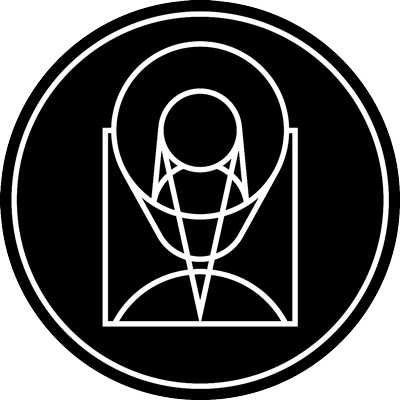NASA's Chandra Catches Spider Pulsars Destroying Nearby Stars

chandra_817 November 30th, 2023
Credit: X-ray: NASA/CXC/San Francisco State Univ./A. Cool et al.; Optical: NASA/ESA/STScI; IR: NASA/JPL/Caltech; Image Processing: NASA/CXC/SAO/N. Wolk
A cluster brimming with millions of stars glistens like an iridescent opal in this image from NASA's Spitzer Space Telescope. Called Omega Centauri, the sparkling orb of stars is like a miniature galaxy. It is the biggest and brightest of the 150 or so similar objects, called globular clusters, that orbit around the outside of our Milky Way galaxy. Stargazers at southern latitudes can spot the stellar gem with the naked eye in the constellation Centaurus.
Globular clusters are some of the oldest objects in our universe. Their stars are over 12 billion years old, and, in most cases, formed all at once when the universe was just a toddler. Omega Centauri is unusual in that its stars are of different ages and possess varying levels of metals, or elements heavier than boron. Astronomers say this points to a different origin for Omega Centauri than other globular clusters: they think it might be the core of a dwarf galaxy that was ripped apart and absorbed by our Milky Way long ago.
In this new view of Omega Centauri, Spitzer's infrared observations have been combined with visible-light data from the National Science Foundation's Blanco 4-meter telescope at Cerro Tololo Inter-American Observatory in Chile. Visible-light data with a wavelength of .55 microns is colored blue, 3.6-micron infrared light captured by Spitzer's infrared array camera is colored green and 24-micron infrared light taken by Spitzer's multiband imaging photometer is colored red.
Where green and red overlap, the color yellow appears. Thus, the yellow and red dots are stars revealed by Spitzer. These stars, called red giants, are more evolved, larger and dustier. The stars that appear blue were spotted in both visible and 3.6-micron-, or near-, infrared light. They are less evolved, like our own sun. Some of the red spots in the picture are distant galaxies beyond our own.
Provider: Chandra X-ray Observatory
Image Source: http://chandra.harvard.edu/photo/2023/spiders/
Curator: Chandra X-ray Observatory, Cambridge, MA, USA
Image Use Policy: http://chandra.harvard.edu/photo/image_use.html

- ID
- 817
- Subject Category
- Subject Name
- Omega Centauri
- Credits
- X-ray: NASA/CXC/San Francisco State Univ./A. Cool et al.; Optical: NASA/ESA/STScI; IR: NASA/JPL/Caltech; Image Processing: NASA/CXC/SAO/N. Wolk
- Release Date
- 2023-11-30
- Lightyears
- 17,700
- Redshift
- 17,700
- Reference Url
- http://chandra.harvard.edu/photo/2023/spiders/
- Type
- Observation
- Image Quality
- Good
- Distance Notes
- Facility
- Chandra X-ray Observatory, Spitzer Space Telescope, Hubble Space Telescope
- Instrument
- ACIS, -, -
- Color Assignment
- Purple, Grayscale, Pseudocolor
- Band
- X-ray, Infrared, Optical
- Bandpass
- Central Wavelength
- Start Time
- 2000-01-24-0213, -, -
- Integration Time
- 290890, -, -
- Dataset ID
- 653, 1519, 13726, 13727, -, -
- Notes
- Coordinate Frame
- ICRS
- Equinox
- J2000
- Reference Value
- 201.69583333333333, -47.47944444444445
- Reference Dimension
- Reference Pixel
- Scale
- Rotation
- Coordinate System Projection:
- Quality
- Position
- FITS Header
- Notes
- Creator (Curator)
- Chandra X-ray Observatory
- URL
- http://chandra.harvard.edu
- Name
- cxcpub@cfa.harvard.edu
- Telephone
- 617.496.7941
- Address
- 60 Garden St.
- City
- Cambridge
- State/Province
- MA
- Postal Code
- 02138
- Country
- USA
- Rights
- http://chandra.harvard.edu/photo/image_use.html
- Publisher
- Chandra X-ray Center
- Publisher ID
- chandra
- Resource ID
- 817
- Resource URL
- http://chandra.harvard.edu/photo/2023/spiders/spiders.tif
- Related Resources
- Metadata Date
- 2024-01-30T10:54:51-05:00
- Metadata Version
- 1.2
Detailed color mapping information coming soon...










